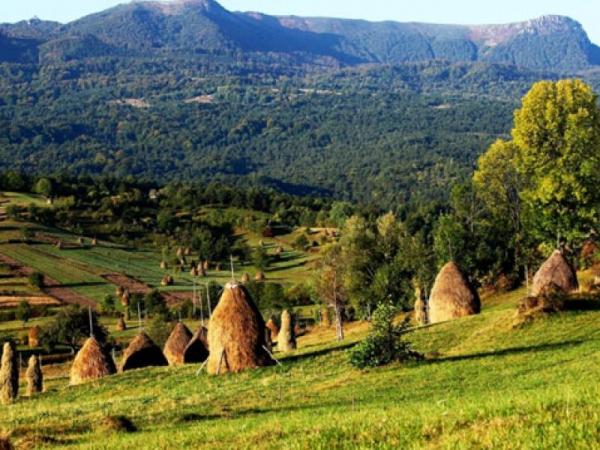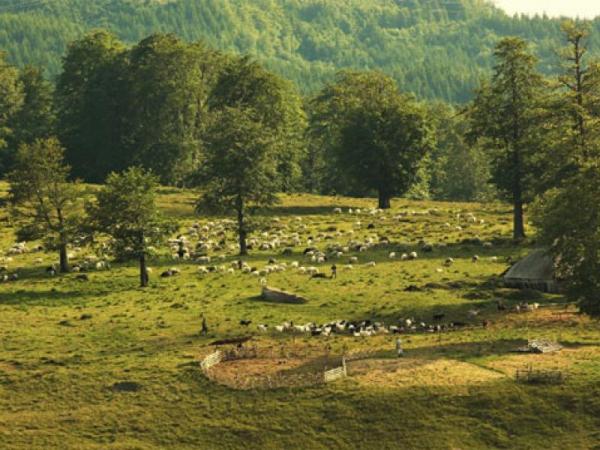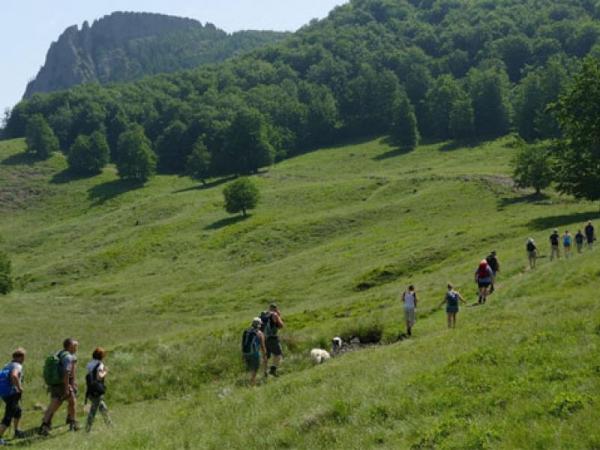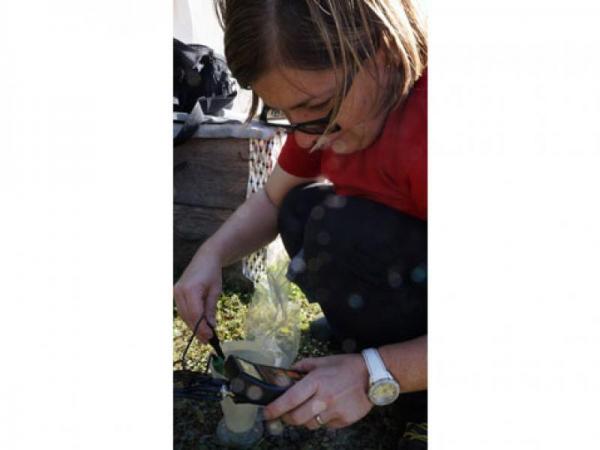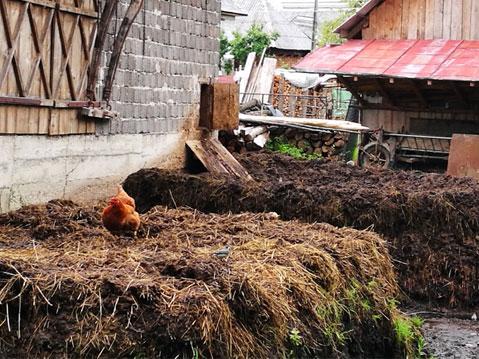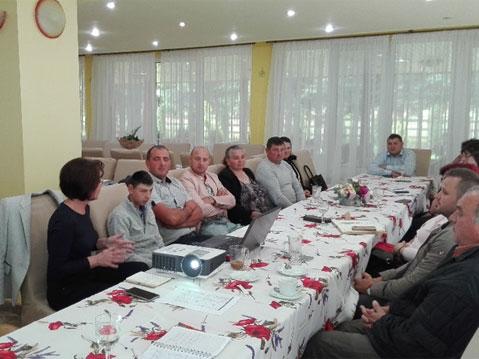In the Romanian Action Lab there have been many activities since the start of the project: meetings with local stakeholders, discussions with farmers and authorities, monitoring of water quality (both surface and wells), testing availability to implement best management practices related to agricultural land and protection of water resources.
Romanian Action Lab
Mara catchment (Maramures County) is a rural region from North Western part of Romania and it is representative for subsistence farming systems in the Carpathian Mountains – cattle and sheep breeding, with Breb village (378 households totalizing 1096 inhabitants) as the nucleus of the Romanian action lab. The area hosts important natural resources which also supports high biodiversity, including many protected species. Unfortunately, it is also at risk of declining water quality due to pollution from agriculture – including so-called “small point source” pollution arising from the multiple, small-scale discharges to the river that occur from the many agricultural holdings that are dispersed throughout the Mara catchment and its smaller sub-catchments.
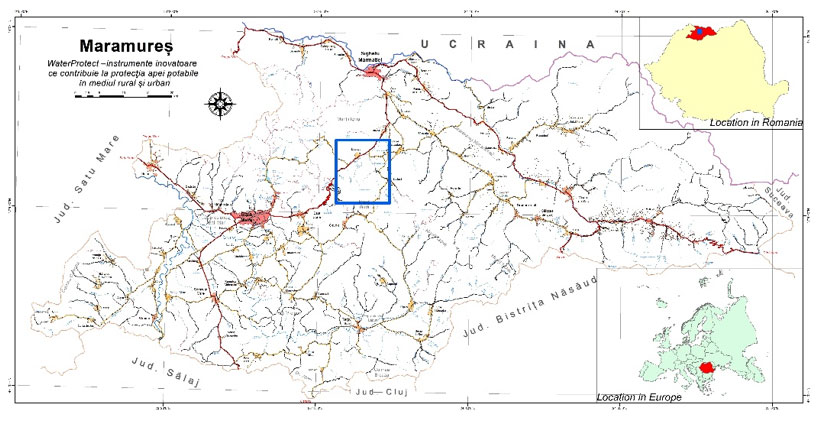
Mara catchment area is economically dependent mainly on agriculture and emerging ecotourism (Romanian action lab is part of Mara – Cosău – Creasta Cocoșului ecotourism destination).
Most of the agricultural land in Mara (Breboaia) Catchment consists of meadows and pastures. In and around Breb village arable land and orchards (consisting of mostly plum trees) occupy the largest areas.
According to official information, the water quality of the Breboaia River is good, and the vulnerabilities are recorded only at the nutrient regime, but at a moderate level.
The participatory monitoring for water quality in this Action lab started in 2017 on surface waters (5 sections) and underground waters (14 wells). Results show concentrations of nitrates in the vicinity of Breb village. Nevertheless, monitoring results indicate moderate concentrations of nutrients that do not exceed the standard limits (certain exceptions are present for surface waters). In the current framework, it is a consequence of existing capacity of the ecosystem to naturally filter pollutants.
The most important anthropogenic threats in Romanian action lab have been identified along the Valea Sunătoarei (where a large proportion of Breb village households are located) and they relate to:
- the non-compliant storage of manure and seasonal excess nutrient inputs in aquatic systems. As a rule residues and manure generated by livestock are stored directly on the soil. Under the influence of environmental factors and the activity of microorganisms, organic matter resulting from fermentation generates bad odorous substances. The livestock manure in individual households in Breb area is stored under improper conditions, without measures against leakage and infiltration of liquid fractions (urine and rainwater) with a major risk to the environment and health. It is recommended to apply a sustainable manure management system for each household having livestock. (In one monitoring station, the April 2018 monitoring campaign indicated 0.76 mg/l NO2, when maximum admitted limit is 0.5 mg/l). We assume that the high NO2 concentration is due to cummulated conditions: location of monitoring station in a place where there are many households with livestock, non existing manure management systems and reduced precipitations in the season.
- the abandonment of the residues resulting from the brandy distillation in the autumn season. After obtaining the brandy (traditional Maramures alcoholic drink obtained from fruit from orchards) there is a risk that large amounts of waste (fruit that underwent fermentation) will reach the bed of the Breb Valley.
- lack of functional centralized domestic waste water evacuation system. In the last years Ocna Sugatag Mayor House has invested in the construction of waste water sewage systems across the entire commune and such a facility has already been constructed in Breb village. Unfortunatlely, the system is not yet functional, households are not connected to the system and this poses serious problems for surface water quality, especially when not all households do possess impermeable septic tanks. The aspect has been discussed on various occasions with several stakeholders and it is considered a priority for the area.
Best management practices survey in Romanian Action Lab
During January-March 2018, the Romanian project team applied a survey for assessing existing best management practices in agriculture. The results of the applied questionnaire indicate that from a set of 18 conservation methods evaluated, the vast majority of the population uses strictly the traditional farming methods, which do not involve a very large financial investment, few conservative measures that are "innovative" for the local tradition (2 of a variety of 18 proposed for analysis) are applied by a very small percentage of farmers and the availability of protective measures does not appear to be significantly influenced by variables such as the age of the subjects, the number of animals in the household or the land occupied.
Meetings with stakeholders
The stakeholder platform of this Action labs includes farmers, authorities, NGOs, project partners and other actors and is actively engaged in sharing project information and knowledge as well as discussing existing challenges and providing recommendations for improving water quality by up taking certain good management practices related to agricultural land management.

